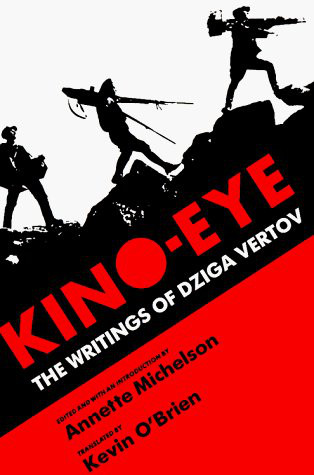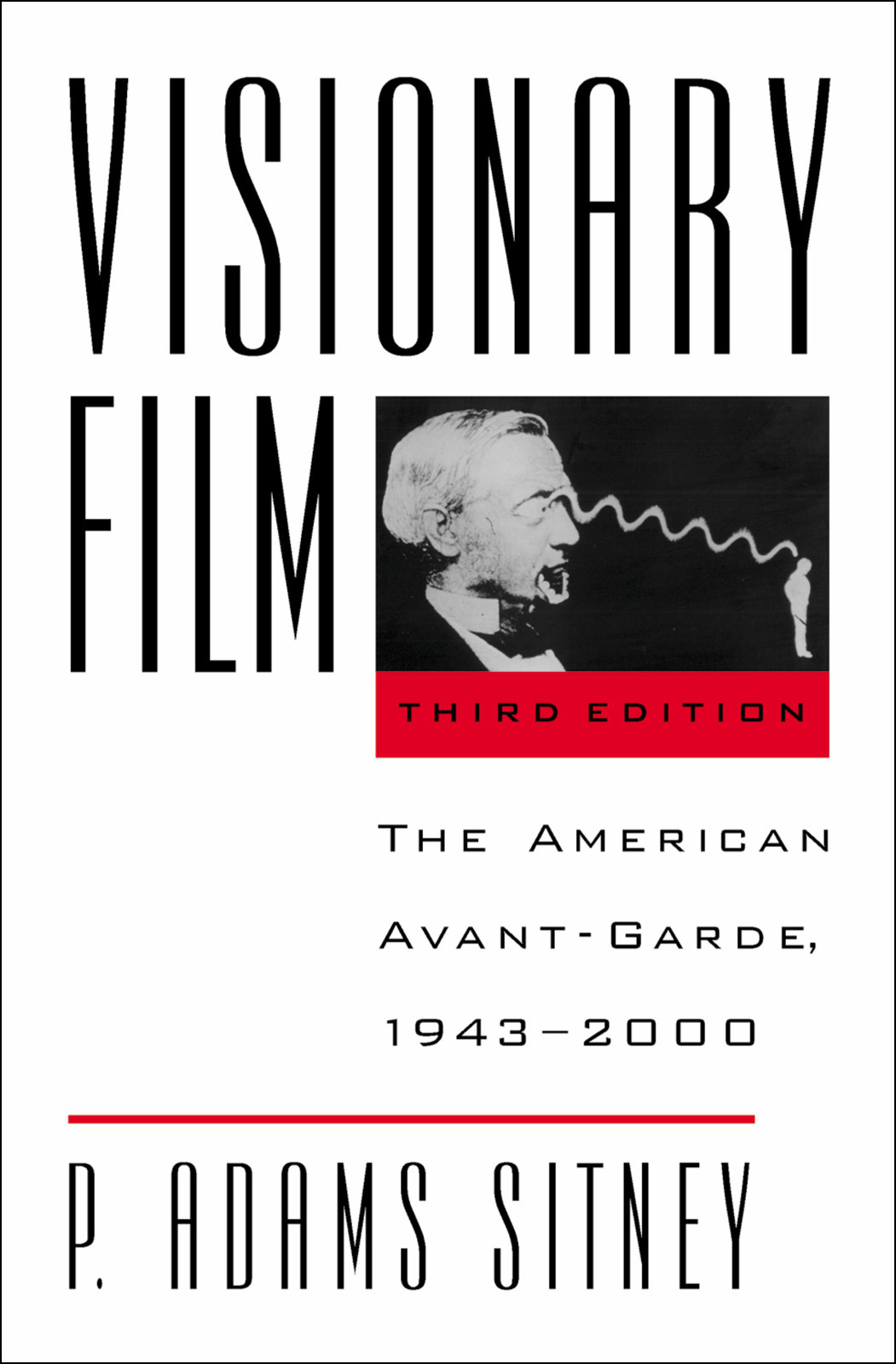Erin Manning: Relationscapes: Movement, Art, Philosophy. Technologies of Lived Abstraction (2009)
Filed under book | Tags: · abstract machine, art history, biopolitics, body, dance, film theory, language theory, new media, painting, perception, philosophy

With Relationscapes, Erin Manning offers a new philosophy of movement challenging the idea that movement is simple displacement in space, knowable only in terms of the actual. Exploring the relation between sensation and thought through the prisms of dance, cinema, art, and new media, Manning argues for the intensity of movement. From this idea of intensity—the incipiency at the heart of movement—Manning develops the concept of preacceleration, which makes palpable how movement creates relational intervals out of which displacements take form.
Discussing her theory of incipient movement in terms of dance and relational movement, Manning describes choreographic practices that work to develop with a body in movement rather than simply stabilizing that body into patterns of displacement. She examines the movement-images of Leni Riefenstahl, Étienne-Jules Marey, and Norman McLaren (drawing on Bergson’s idea of duration), and explores the dot-paintings of contemporary Australian Aboriginal artists. Turning to language, Manning proposes a theory of prearticulation claiming that language’s affective force depends on a concept of thought in motion.
Relationscapes is a radically empirical book, working directly out of examples and delving into the complexity of relations these examples suggest. It takes a “Whiteheadian perspective,” recognizing Whitehead’s importance and his influence on process philosophers of the late twentieth century—Deleuze and Guattari in particular. Relationscapes is truly a transdisciplinary book, not aiming to cover the ground of a particular discipline but making clear how the specificity of a particular inquiry can alter key questions that emerge in the interstices between disciplines. It will be of special interest to scholars in new media, philosophy, dance studies, film theory, and art history.
Publisher MIT Press, 2009
ISBN 026213490X, 9780262134903
272 pages
PDF (updated on 2013-1-29)
Comment (0)Kino-Eye: The Writings of Dziga Vertov (1984)
Filed under book | Tags: · cinema, film, film theory, montage, screen, soviet union

Dziga Vertov was one of the greatest innovators of Soviet cinema. The radical complexity of his work—in both sound and silent forms—has given it a central place within contemporary theoretical inquiry. Vertov’s writings, collected here, range from calculated manifestos setting forth his heroic vision of film’s potential to dark ruminations on the inactivity forced upon him by the bureaucratization of the Soviet state.
Edited and with an introduction by Annette Michelson
Translated by Kevin O’Brien
Publisher University of California Press, 1984
ISBN 0520056302, 9780520056305
408 pages
PDF (no OCR; updated on 2014-1-4)
Comment (1)P. Adams Sitney: Visionary Film: the American Avant-Garde, 1943-2000 (1974–)
Filed under book | Tags: · avant-garde, cinema, experimental film, film, film history, film theory

“Visionary Film has remained the standard text on the American avant-garde since the publication of its first edition in 1974. It has been hailed as the most complete work written on the exciting, often puzzling and always controversial genre of American avant-garde film. In this book P. Adams Sitney discusses the principle genres and the major filmmakers since Maya Deren and Alexander Hammid made their dreamlike film “Meshes of the Afternoon” in 1943. Sitney also identifies the emergence and flowering of a new genre, which he calls Menippean Satire. This edition also includes a chapter on the films of Gregory J. Markopoulos which had been dropped from the second edition.”
First published as Visionary Film: the American Avant-Garde, Oxford University Press, 1974.
Second edition
Visionary Film: the American Avant-Garde, 1943-1978
Publisher Oxford University Press, 1979
xiv+463 pages
Third edition
Visionary Film: the American Avant-Garde, 1943-2000
Publisher Oxford University Press, 2002
ISBN 019514886X, 9780195148862
xvi+462 pages
2nd edition: PDF (73 MB, added on 2020-9-18)
3rd edition: PDF, EPUB (updated on 2019-11-15)
See also Sitney’s Eyes Upside Down: Visionary Filmmakers and the Heritage of Emerson, 2008.
Comment (0)
